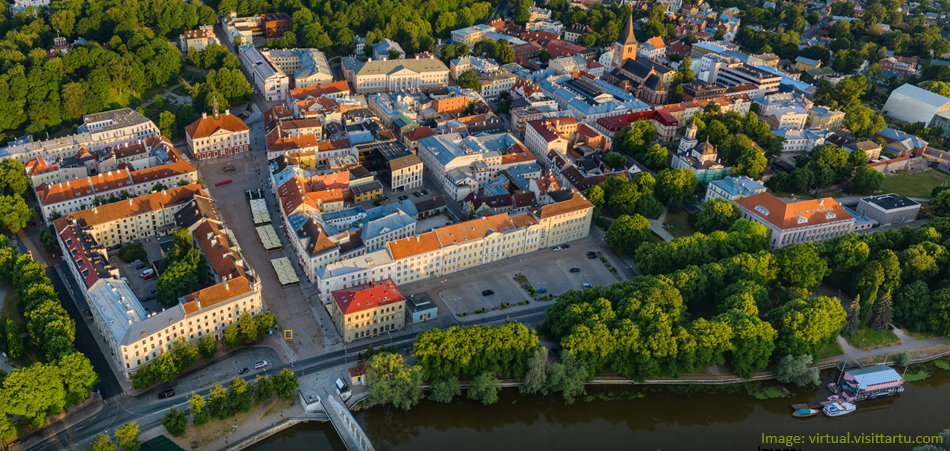In alternative theories of gravity, particles may follow either Riemannian geodesics or non-Riemannian autoparallels, depending on the presence of a geometry-matter coupling via hypermomentum. Typically, autoparallels associated with connections that have nonmetricity are not derived from a variational principle. In this talk, we take the first steps toward finding a Finslerian variational...
Finsler spacetimes are constructed such that they deliver a causal structure on the set of events, give a definition of observers as well as their measurements and encode the gravitational dynamics. In my master thesis “Local Symmetries of Finsler Gravity and its Dynamics” I focus on the notion of observers with the overall goal of determining the possible observer transformations. In a short...
Modified dispersion relations gives an effective way to incorporate Planck-scale effects into particle kinematics and quantum gravity phenomenology. These effects can be encoded in Hamilton functions and it goes beyond the standard quadratic dependence on the four-momentum. This leads to nontrivial modifications in the geodesic equations for point particles. In this talk, I explore the...
We present the full algebraic classification of the gravitational field in four-dimensional general metric-affine geometries. As an immediate application, we determine the algebraic types of the broadest family of static and spherically symmetric black hole solutions with spin, dilation and shear charges in Metric-Affine Gravity.
κ-Poincarè model is a phenomenological model of quantized spacetime, that is based on the κ-Poincarè Hopf algebra. It aims to deform Special Relativity, by incorporating the second invariant energy scale – Planck scale. It is primarily a model of curved momentum space and so the construction of the universal spacetime is not trivial.
In this talk I will quickly introduce the model based on...

